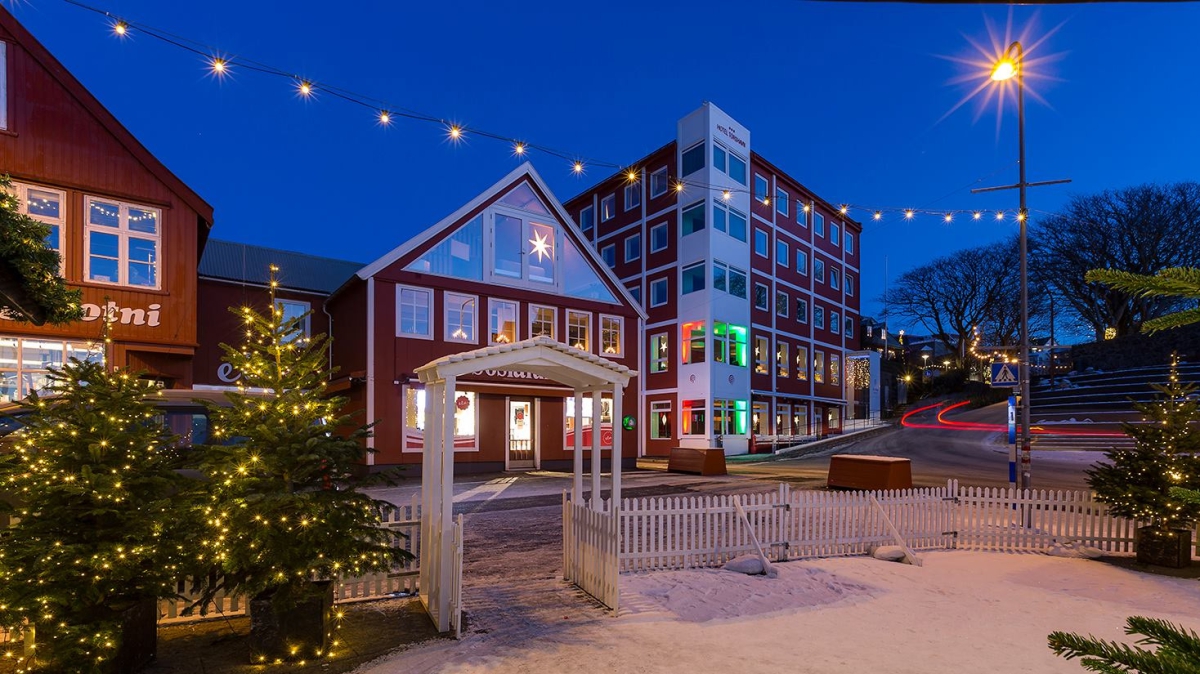Accommodation
06. Jan 2023
A slower autumn for hotels

November saw a decline of about 2,300 overnight stays compared to November 2021. September and October also saw year-on-year declines, making this autumn a slightly slower one for hotels than autumn 2021.
Hotel overnight stays are used as a measurement of the number of visitors and the duration of their stays.
[px-graph-1]
In November, 93% of overnight stays were registered in the capital region. This is about the same ratio as in November 2021.
[px-graph-2]
In November, Faroese residents represented 44% of all overnight stays. This is a 6% increase on November 2021. Danish residents accounted for 30%, and overseas residents outside of Denmark accounted for the remaining 26%.
[px-graph-3]
Fewer check-ins
Some 4,100 hotel check-ins were registered in November, which is 10% less than in November 2021.
Check-ins show the number of hotel visitors regardless of the duration of their stays.
[px-graph-4]
Fewer rooms occupied
The occupancy rate shows the number of available rooms used.
About 28% of all hotel rooms were occupied in November, compared to 35% in November 2021.
[px-graph-5]
Year-to-date increase of 30%
Despite the slightly lower figures for this autumn, the 2022 figures up to and including November show an increase of just over 30% in overnight stays and check-ins compared to the same period in 2021.
[px-graph-6]
Definitions
Overnight stay: in this context, an overnight stay is defined as a single night spent in a hotel which registers and passes this information on to Statistics Faroe Islands. For example, if ten people spend three nights at a hotel, this counts as 30 overnight stays.
Check-in: the number of individuals who check in at a hotel.
Room nights: the number of rooms occupied over a certain period. For example, if ten people spend three nights in five rooms, this counts as 15 room nights.
Hotels in Suðuroy are not included in these figures.